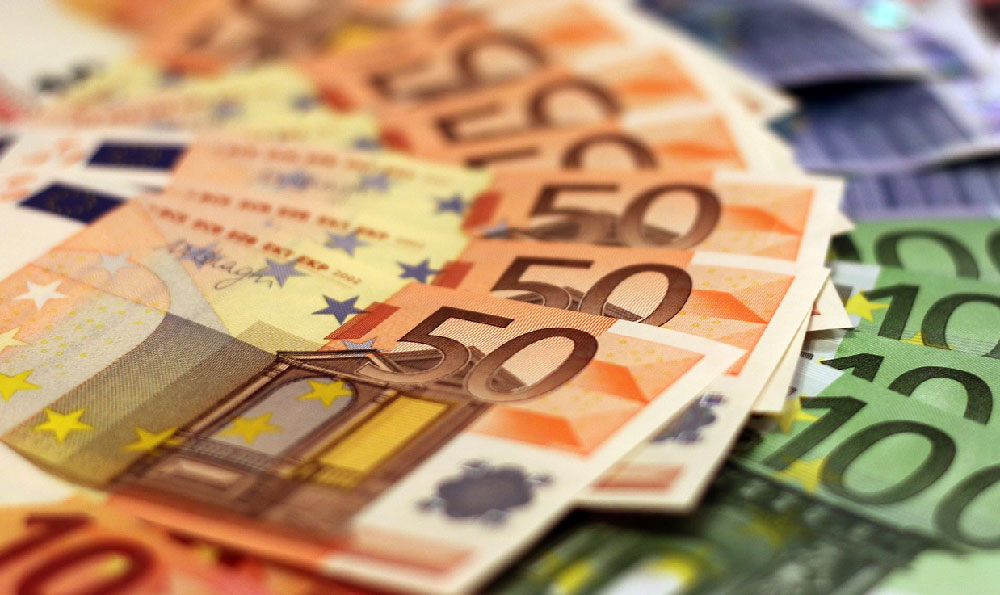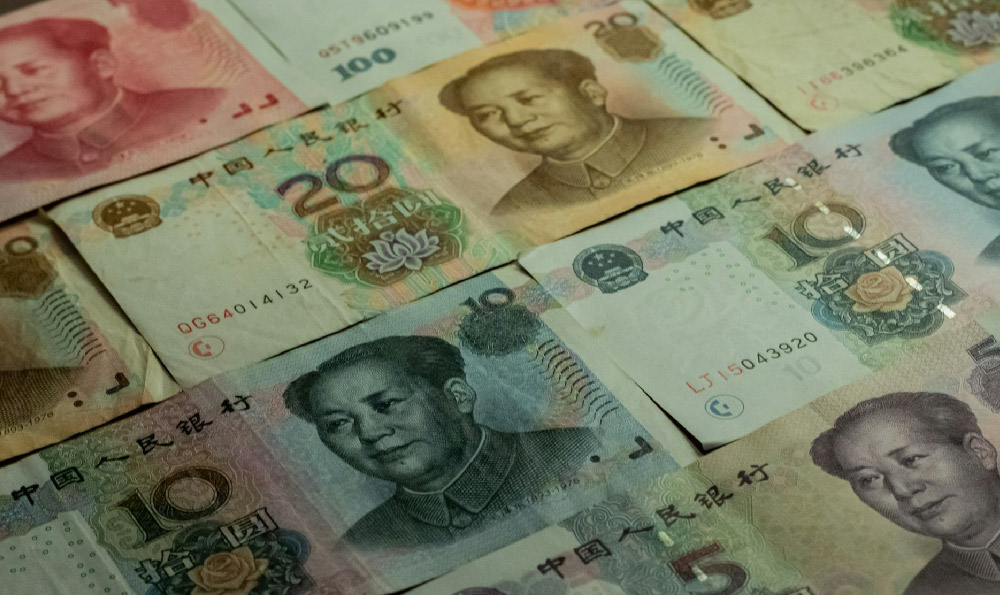Where in NYC is Times Square located, and why is it famous?

Times Square, a dazzling nexus of neon, billboards, and bustling crowds, is situated in Midtown Manhattan, New York City. More specifically, it occupies the intersection of Broadway and Seventh Avenue, stretching roughly from West 42nd to West 47th Streets. To truly understand its location, one needs to visualize Manhattan's grid system, a defining feature of the city's urban planning. Imagine a rectangular grid, with avenues running north-south and streets running east-west. Times Square disrupts this orderly pattern. Broadway, the city's longest and oldest north-south thoroughfare, cuts diagonally across the grid, creating the unique triangular shape that defines Times Square. This geographic anomaly, where Broadway and Seventh Avenue converge, contributes significantly to its iconic status and pedestrian-friendly environment.
The fame of Times Square is multifaceted, stemming from a confluence of historical, cultural, and economic factors that have shaped its identity over more than a century. Initially known as Longacre Square, its transformation into Times Square began in 1904 with the relocation of The New York Times newspaper headquarters to a new building on the site. To commemorate the event, the area was officially renamed Times Square, a branding move that proved remarkably successful and enduring. This relocation spurred significant development, attracting theaters, restaurants, and entertainment venues, laying the foundation for its future as a vibrant entertainment hub.
The early 20th century witnessed the rise of Times Square as the epicenter of New York's theater district. Numerous Broadway theaters sprang up in the surrounding blocks, showcasing spectacular productions and attracting audiences from far and wide. This concentration of theatrical activity cemented Times Square's reputation as a cultural landmark and a must-see destination for visitors. The bright lights and captivating performances created an atmosphere of excitement and glamour, further enhancing its appeal.

Beyond its theatrical significance, Times Square evolved into a symbol of American consumerism and commercialism. The advent of electric advertising in the early 20th century transformed the area into a dazzling spectacle of light and color. Giant billboards and electronic displays, showcasing iconic brands and products, became a defining feature of its landscape. This visual cacophony, while sometimes criticized for its overwhelming nature, has become inextricably linked to the identity of Times Square, attracting millions of advertising dollars and solidifying its position as a prime location for showcasing brands to a global audience.
The annual New Year's Eve ball drop in Times Square is arguably its most famous event, drawing immense crowds and captivating a global television audience. This tradition, which began in 1907, has become a symbol of celebration and renewal, marking the transition from one year to the next. The countdown to midnight, the descending ball, and the celebratory fireworks create a spectacle of unparalleled scale and energy, reinforcing Times Square's role as a gathering place for shared experiences. The event's global reach further cements its status as an iconic landmark, instantly recognizable to people around the world.
However, the history of Times Square has not been without its challenges. In the mid-20th century, the area experienced a period of decline, becoming associated with crime, prostitution, and seedy entertainment. This period tarnished its reputation and led to efforts to revitalize the area. In the 1990s, a major redevelopment initiative transformed Times Square into a safer and more family-friendly destination. This involved increased security, the introduction of new businesses, and a focus on creating a more welcoming environment. This transformation proved successful, restoring Times Square's position as a vibrant and popular destination.
In contemporary times, Times Square continues to evolve, adapting to changing trends and technologies. While the traditional billboards remain a prominent feature, digital displays have become increasingly sophisticated, offering interactive experiences and showcasing dynamic content. The area has also become a hub for retail and dining, attracting a diverse range of businesses catering to tourists and locals alike. The ongoing development ensures that Times Square remains a dynamic and relevant destination, adapting to the needs and desires of its visitors.
Ultimately, the fame of Times Square rests on its ability to embody the energy, ambition, and spectacle of New York City. It is a place where cultures converge, where dreams are pursued, and where the pulse of the city is felt most strongly. Its location at the crossroads of Broadway and Seventh Avenue, its history as an entertainment hub, its association with advertising and consumerism, and its role as a gathering place for iconic events all contribute to its enduring appeal. While some may find it overwhelming or overly commercialized, its vibrant atmosphere and iconic status continue to attract millions of visitors each year, solidifying its position as one of the world's most famous destinations. Its continuous evolution ensures its place in the global consciousness for years to come.















